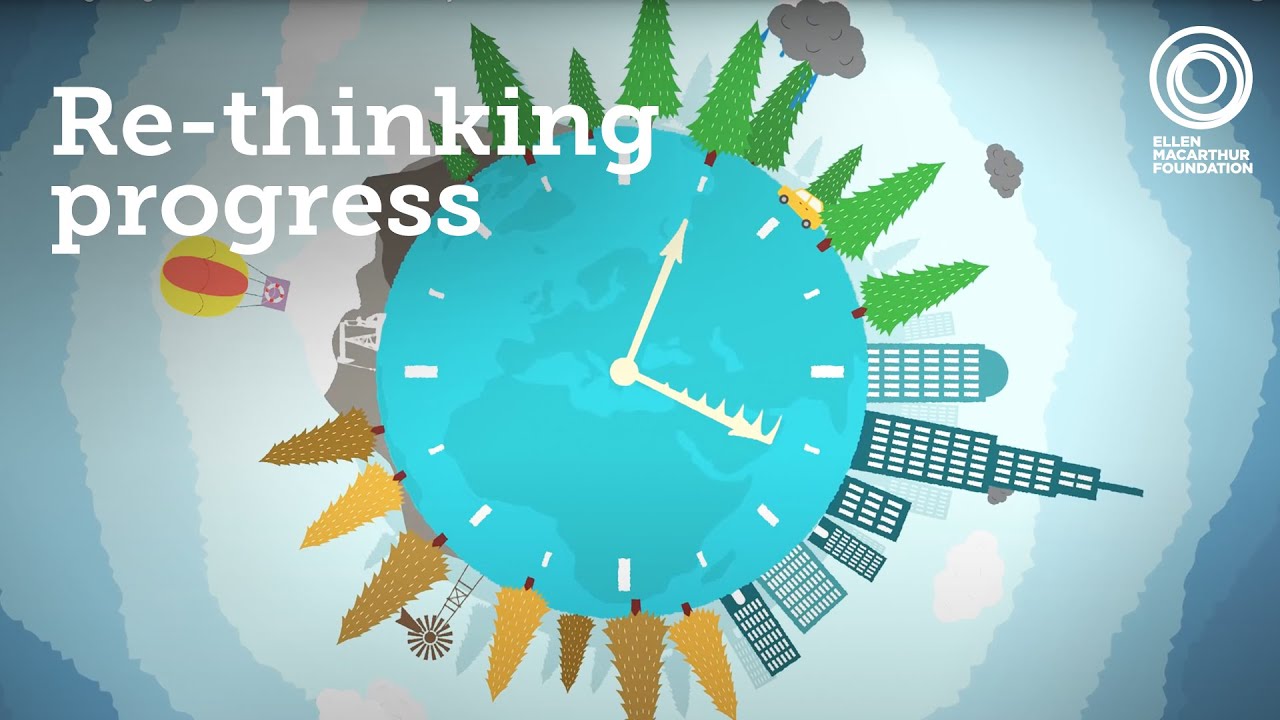The circular economy is a key sustainability strategy being adopted by world and industry leaders in their fight against climate change.
While the circular economy is still in its infancy in terms of data and metrics, there are indicators that it is a growing phenomenon and tech industries, such as IoT for asset tracking, are set to grow rapidly in the next five years.
ABI Research forecasts that the world will achieve over 10.5% circularity by 2030, as sustainability efforts and incoming legislation start to take effect.
According to Lindsey Vest, smart cities & smart spaces research analyst at ABI Research, the circular economy is an often-misunderstood concept that goes much further than waste management and can become a blueprint for cities.
“It is a movement away from our take-make-waste economy to one which designs out waste, keeps products and materials in use, and regenerates natural systems. Circularity concepts such as remanufacturing, reuse, and the sharing economy will be critically enabled by smart cities technologies such as IoT, AI and digital twins,” she explained.
There are many different current and upcoming governmental actions that are expected to increase circularity across the world. In particular, the EU has released the Circular Economy Action Plan as a part of the Green Deal and China recently released its 14th Five-Year Plan (2021-2025) for Circular Economy Development, which will accelerate its adoption.
This is in addition to organizations such as the globally recognized Ellen MacArthur Foundation, dedicated to educating and connecting companies and governments around the world on the circular economy and C40 cities, whose members make up 25% of global GDP and are continuing to champion the circular economy and encouraging its growth.
Furthermore, many different tech companies are engaging in circular concepts such a Vodafone’s NB-IoT platform for monitoring water systems to prevent waste and Cityzenith’s Digital Twins platform which helps companies design out waste in their projects
With around 70% of people expected to be living in cities by the year 2050, it will be essential that the infrastructure is in place to support this population volume and density. Smart cities and their technologies will be essential in facilitating the circular economy.
Many current smart city technologies already support a circular economy such as the sharing economy, smart lighting, and green infrastructure.
“However, these technologies need to adopt circular practices from cradle-to-grave to make full use of the opportunities brought by the circular economy,” concluded Vest.






